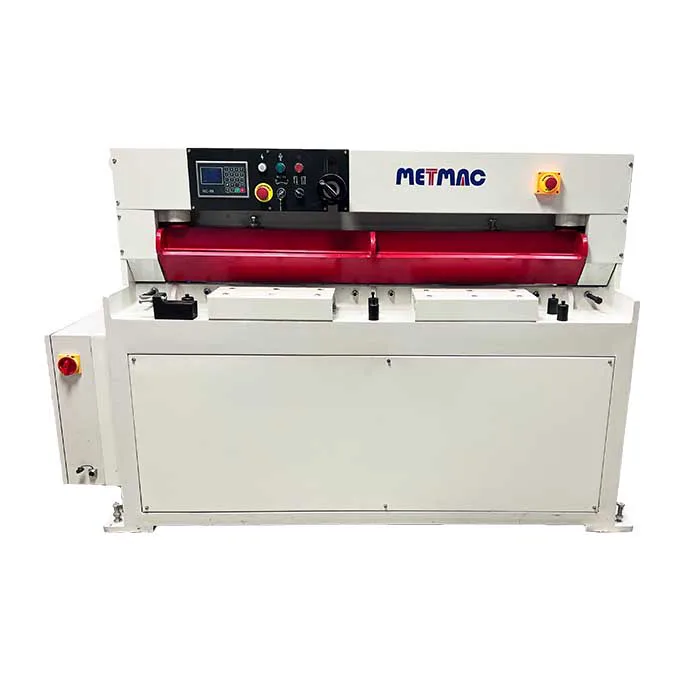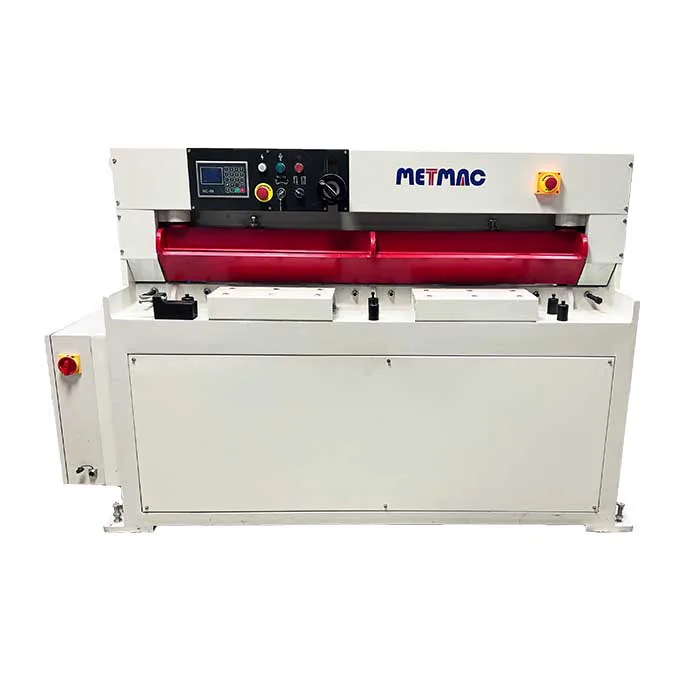
The Advantages of Automated vs. Manual Metal Plate Bending Machines
- By:Metmac
- 2024-09-05
- 155
Automated vs. Manual Metal Plate Bending Machines: Unlocking the Gates of Efficiency
In the realm of metalworking, the battle between automated and manual metal plate bending machines wages on, each promising a unique blend of advantages. As the industry grapples with the relentless march of technological advancements, discerning the strengths and limitations of these two methods is paramount.
Precision and Consistency: The Automated Edge
Automated metal plate bending machines employ advanced sensors and control systems to ensure unparalleled precision and consistency. Their programmed operations eliminate human error, resulting in uniform bends with minimal deformation or warping. This precision is particularly valuable in critical applications, such as aerospace or medical device manufacturing, where the slightest variation can compromise safety and performance.
Speed and Productivity: Unmatched Efficiency
Automation grants metalworkers the power of speed and efficiency. Automated machines operate at much faster rates than manual counterparts, exponentially increasing productivity. This allows manufacturers to expedite production timelines, meet tight deadlines, and fulfill larger orders with greater ease.
Labor Savings: Freeing Workers for Higher-Value Tasks
With automated metal plate bending machines, the need for highly skilled manual labor is reduced. This labor savings can be reallocated to higher-value tasks, such as design, engineering, or quality control. This shift not only optimizes resource allocation but also elevates the skillset of the workforce.
Safety Enhancements: Minimizing Risks
Automated machines eliminate the risks associated with manual metal bending, such as crushing injuries or repetitive strain disorders. By automating the bending process, operators are kept at a safe distance from moving parts, reducing the likelihood of accidents.
Disadvantages: The Manual Touch
While automation offers undeniable advantages, manual metal plate bending machines still hold their own in certain applications. Manual machines provide greater flexibility, as they can be customized to handle specific materials or odd-shaped plates. They also allow for artisanal craftsmanship, which is highly valued in artistic and decorative metalworking.
: Embracing Choice
The choice between automated and manual metal plate bending machines ultimately depends on the specific requirements of the application. Automated machines excel in high-volume, precision-sensitive operations, while manual machines offer flexibility and artisanal control. Understanding the advantages and disadvantages of each method empowers metalworkers to make informed decisions, unlocking the gates to increased efficiency and productivity in the world of metal plate bending.
-
Sheet Metal Machinery for Sale: Elevate Your Fabrication Capabilities with METMAC
2025/11/26 -
Laser Sheet Cutting Machine: Redefining Precision with METMAC Technology
2025/11/26 -
Sheet Shearing Machine: Achieving Unmatched Precision and Efficiency with METMAC
2025/11/26 -
Sheet Metal Forming Machine: The Art of Precision with METMAC Technology
2025/11/26
-
Advanced Sheet Metal Rolling, Laser Cutting, and Folding Machines for Precision Fabrication
2025/10/31 -
High-Performance Sheet Metal Bending and Cutting Machines for Modern Fabrication
2025/10/31 -
High-Quality Sheet Metal Equipment for Sale: Efficient Solutions for Modern Manufacturing
2025/10/31 -
High-Performance Sheet Metal Equipment for Sale: Forming and Shearing Solutions for Modern Fabrication
2025/10/22
-
Understanding the Role and Function of Steel Strip Slitting Machines
2024/05/11 -
Maintenance Tips for Longevity of HVAC Duct Machines
2024/05/11 -
Innovations in Steel Strip Slitting Machine Design and Technology
2024/05/11 -
Improving Accuracy in Metal Fabrication with Laser Metal Shear Machines
2024/05/11
-
A Guide to the Latest Innovations in Sheet Metal Folding Machines
2024/11/29 -
Key Features to Consider When Investing in a Sheet Metal Folding Machine
2024/11/28 -
Enhancing Precision with Advanced Sheet Metal Folding Machines
2024/11/27 -
How to Choose the Right Sheet Metal Folding Machine for Your Workshop
2024/11/26







